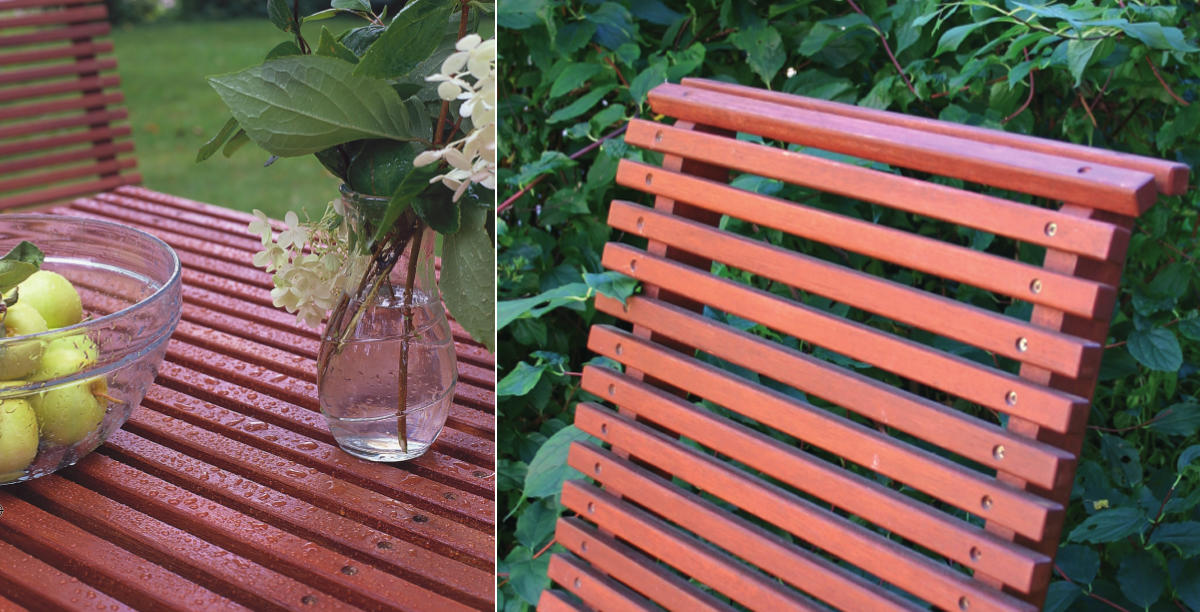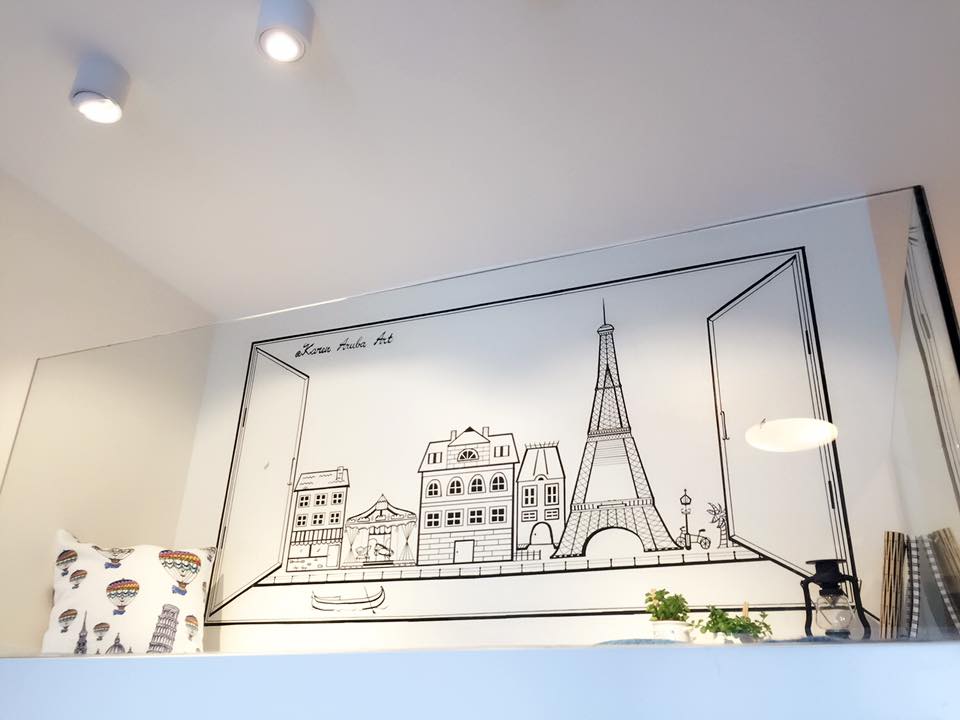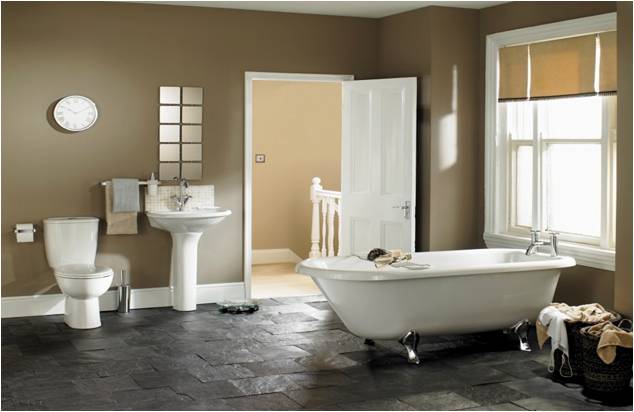|
High-quality paint contains more solids
High-quality paint can be easily identified by the fact that it has more total solids (including pigments and resins) and fewer solvents than ordinary paints. It is therefore thicker, covers a much larger area, hides better and easier to apply. Even if the two go on with the same thickness, when the solvents evaporate, a high-quality paint leaves a thicker, tougher film.
On the contrary, low-quality paint has fewer solids and more solvents. Once the solvents evaporate, the thinner paint film left behind is less durable and doesn’t cover as well. You will have to spend more time and money repainting, but still may not be able to achieve the performance of a high-quality paint.
High-quality paint is more eco-friendly
High-quality paint is usually produced in line with strict environment control and is more eco-friendly than low-quality paint. For the sake of your own health and that of your family, it is desirable that an eco-friendly paint be chosen for your renovation project. But how do you identify an eco-friendly paint? In fact, all you need to do is simply to select one that contains near-zero VOC, i.e. volatile organic compounds (including formaldehyde). These compounds give long-term emissions of toxic fumes in the air inflicting great impact on human health. Besides, an eco-friendly paint must not contain such soluble heavy metals as cadmium, lead, chromium VI, mercury, arsenic, barium, selenium and antimony.
Poor quality paint can cause cancer
This writer has a relative living in a three-storey village house, which was painted from roof to ground all by himself a few years ago. A few months after the DIY painting project, he noticed some red spots on his body. Upon diagnosis, he was found to have contracted secondary myeloma, which is a kind of blood cancer that the doctor said was not inherited but most probably caused by contact with some toxic chemicals. According to what he recalled, the only stuff containing chemicals that he had had long-term contact with during the period was the paint with irritating odours that he used to coat his house. So it was the most likely cause of his illness.
Eco standards set under environmental laws
Under Hong Kong’s environmental laws, VOC limits, expressed in terms of grams per litre of coating in a ready to use condition, have been prescribed for all kinds of paints, e.g. 50 grams per litre for flat coatings, 150 grams for non-flat coatings, 200 grams for primers, etc. However, paints with VOC content limits just meeting the requirements can only be taken as having achieved a mere pass, but can hardly be regarded as eco-friendly.
Safe to move in right after painting
Most of the really eco-friendly brands of paint have a long history and are awarded a variety of environmental accreditations. Their VOC contents are far below the limits set by law, and may be as low as near zero or even undetectable. They do not give out irritating odours and homeowners can move in as soon as painting work is completed.
Finland’s Tikkurila Paint is world-renowned for being eco-friendly and durable
All the above typical traits of high-quality paint are found in Tikkurila coatings. It is a brand of super eco-friendly and super durable paint from the home of Santa Claus in Finland offering perfect protection for ceilings and walls in your home and business.
Tikkurila Paint initially entered the China and Asia markets in 2002 under its premier brand of ‘Feelings’, and therefore it has also been known as such in the region. It has now become one of China’s top ten eco-friendly paints.
Boasting a history of over 150 years since its foundation in 1862, and manufactured according to the most stringent environmental control and safety standards, Tikkurila Paint contains almost zero formaldehyde and VOC emissions, and has been proudly awarded the world’s most authoritative eco-labels and accreditations, including the EU Ecolabel, Finnish M1 Emission Classification of Building Materials, European Allergy and Asthma Label, Swan Ecolabel, Marine Equipment Directive, etc.
Tikkurila Paint is not only eco-friendly but also super durable because the Company formulates exterior coatings for the harsh conditions of Northern Europe where the extremes of cold and heat demand a coating that is flexible, durable and retains its finish and colour for many years. The same approach to performance has been applied to coatings for interiors.
A state-of- the art tinting system that the brand adopts allows you to choose from an array of thousands of different colours. The system uses near zero VOC-colourants that enhance the environmental performance of tinted paints to the highest level; completely revolutionary, this system wasn’t available until Tikkurila created it back in 1970.
Tikkurila’s headquarters in Finland have an open field where sample coatings of different colours and shades are exposed to sunlight and rain especially for research and experimental purposes, and some of the samples there have been there for more than 20 years without resulting in any colour change. It proves that where a paint is tinted with Tikkurila’s own colourants, the resulted colour of the coating can remain unchanged for well more than a decade.
Tikkurila doesn’t just set a benchmark, it surpasses it – this paint is quite simply the only choice for those who want to use a product that is both stunning and sustainable! |























